Behind the Mic: Drake Donovan
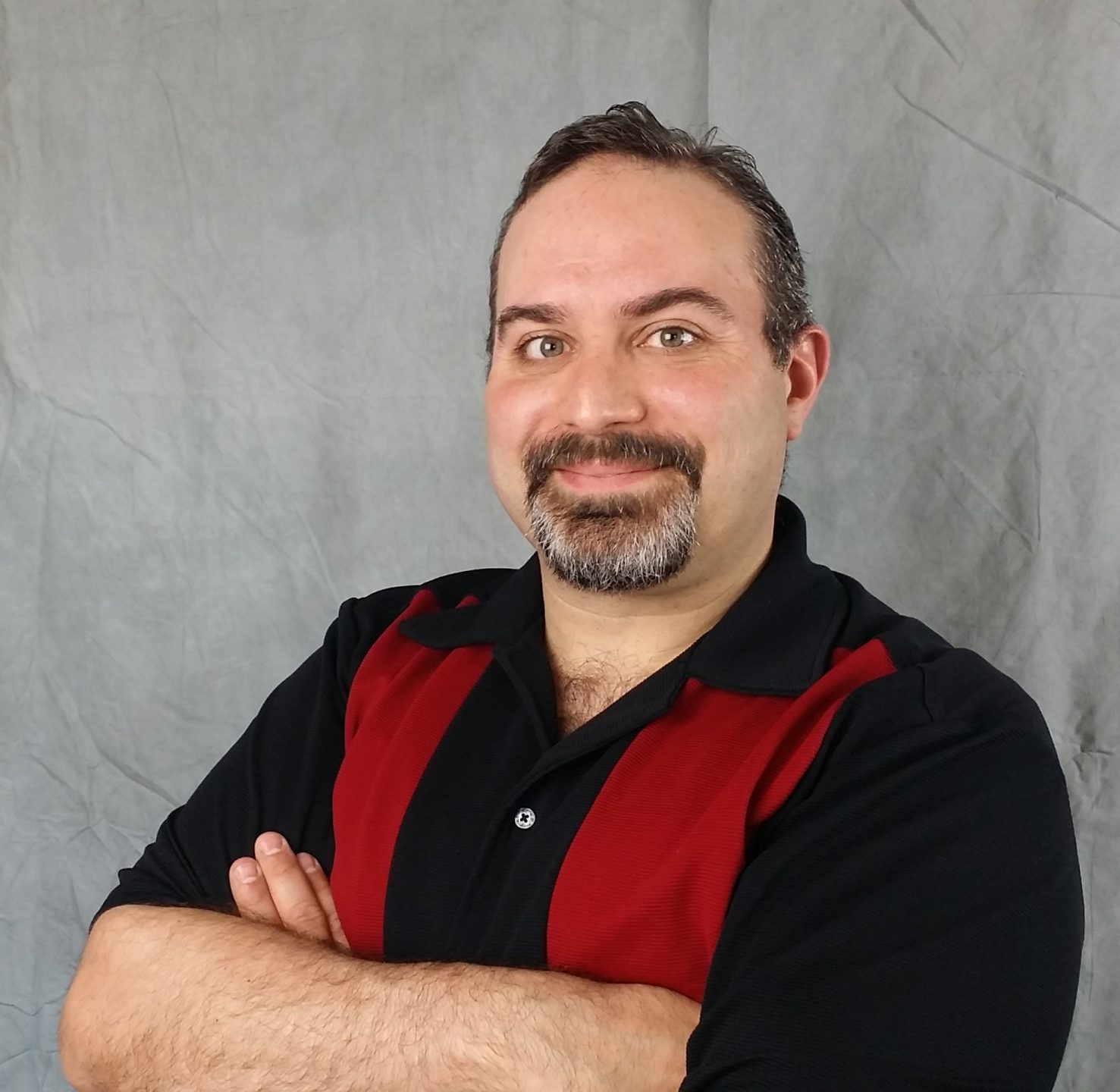
More than just an imaging voice, Drake Donovan is an imaging brain, too! He likes to collaborate with his stations to help write the best possible content between the songs and think beyond simply name and position statement.
What radio VO work have you done in the past (stations/markets)?
I’m celebrating 10 years as the voice of one of my hometown stations, WDSY-FM/Y108 in Pittsburgh. I’ve been on WDOK-FM/Star 102 in Cleveland for about 11 years, 6 and a half years on CFMI-FM/Rock 101 in Vancouver, BC and just about 4 years in San Jose at KBAY-FM. Some of my past landmark gigs include CILQ-FM/Q107 in Canada’s #1 Market, Toronto, ON and Canada’s first Country signal AM 840 CFCW in Edmonton, AB. I also was part of some CMA/ACM winning teams over 10 years at KAJA-FM/KJ97 in San Antonio.
What are you up to presently (freelance/on-staff at a station)?
I’m proud to say that I’ve been a working freelance voice actor for the past 8 years. In addition, I started a side-hustle outside of radio called “Car Show Life”. It’s a lifestyle brand for car show enthusiasts. I create custom designed car show boards that describe the features of the car on display. I also create custom car art and t-shirts. It’s something I can do in between sessions and as a way to justify the time and travel I put into going to car shows.
Check out Drake’s Demos:
What do you love about your job?
Voices have always been fascinating to me. I grew up in the 80s where my afternoons were spent watching G.I. Joe, Transformers, He-Man. These were voices I tried to emulate when I was playing with my toys. I can vividly remember trying to recreate Peter Cullen’s “Optimus Prime”, Christopher Collins’ “Cobra Commander”, “Starscream” & “Gung-Ho” and Arthur Burghardt’s “Destro” while creating my own adventures with these toys.
How did you get started as a VO actor?
It was the natural progression of my career as a radio creative services director. Like many of us production folks in radio, we just don’t have the time to wait around. So, I would start using my voice as the ‘insert’ for prize content on that ‘just-approved, gotta-get-it-on-the-air, Friday-at-5 contest promo”. It was easier to do updates to daily/weekly contests than to have to send a copy off to voice and wait for the turnaround. It also freed up valuable page space for the important things for my VOs to read.
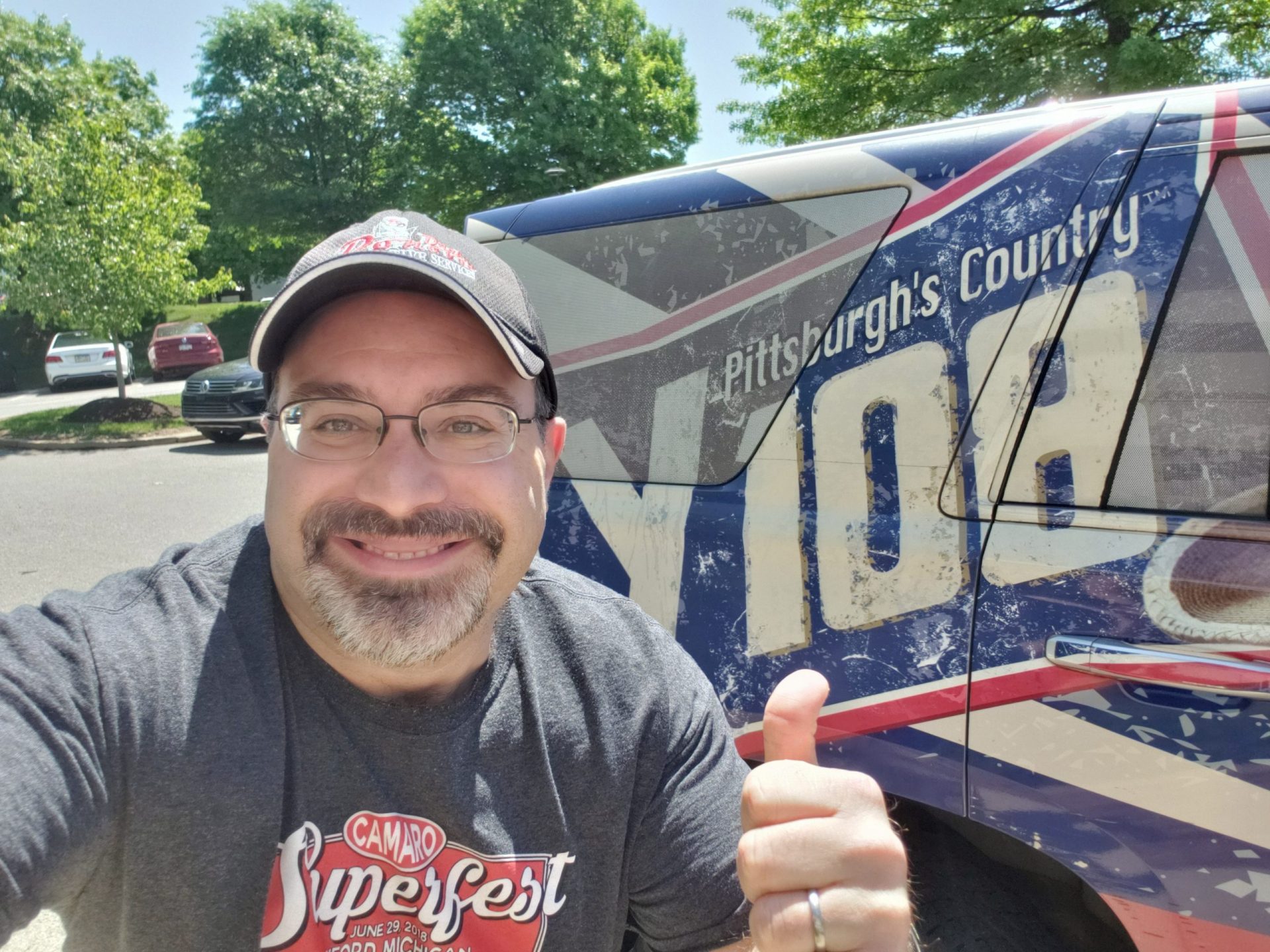
What was your first gig? Any memorable ones since then?
I picked up a mom-and-pop-owned Hot AC station in Northeast Colorado, KPRB-FM/B106. I voiced and produced their imaging for 9 years. When I booked the gig, I didn’t even have a mic in my home studio. I used to voice copy at the station, burn it to a CD and bring it home to produce. Thanks to Alec Creighton, I earned enough money to build my home studio from a PC workstation to a fully functional remote studio.
One of the most memorable gigs was when my agent, Nate Zeitz at CESD, called me to inform me that we had new business without an audition. Ronnie Stanton at Corus Entertainment booked me for Rock 101 in Vancouver just based on the strength of my demo. That was cool, and I’m still working with him almost 7 years later.
Who are your VO idols/mentors?
First off, Ann DeWig, John Beach, and John Willyard. These were the talents I wrote for and produced during the first 10 years of my radio imaging career. I learned so much from them on how to do this work and how to service clients. I also used to work with Drew Patterson, who imaged our sister station, 93.7 K-Rock. He was a VO geek too and we’d spend time in his studio downloading VO demos from people like Joe Cipriano, Dave Fennoy, Stew Herrera, Jeff Berlin, and Steve Stone. Drew is now among those guys with the work he’s doing these days. I get excited when I hear him on a spot or a network promo and yell to my wife, “Hey, that’s Drew!” And of course, I gotta mention the holy trinity of Frost, Chase, and Thomas. John, Eric & Jeff are probably the heroes of many imaging folks like me who love creativity and thinking outside the box.
If you weren’t doing voiceover, what else do you think you’d be doing for a career?
You know, with the pandemic and the way radio has been contracting over the past few years, I’ve given this a lot of thought lately. I think that’s why I’ve started to branch out beyond radio and explore other areas where I can pursue my passions and market my talents. The Car Show Life business has been a lot of fun. I was born a car fanatic. I was playing with Hot Wheels since I was two (perhaps that predates the “3 and up” warning on the packaging). I absolutely love cars, however, I’m not a gear head. I often explain I’m more of a “mouse-clicker” than a “wrench-turner”, but I can clean, polish, and detail the heck out of my ride. When I moved around, it was a great way to get to know the community. Find a car club and make new friends.
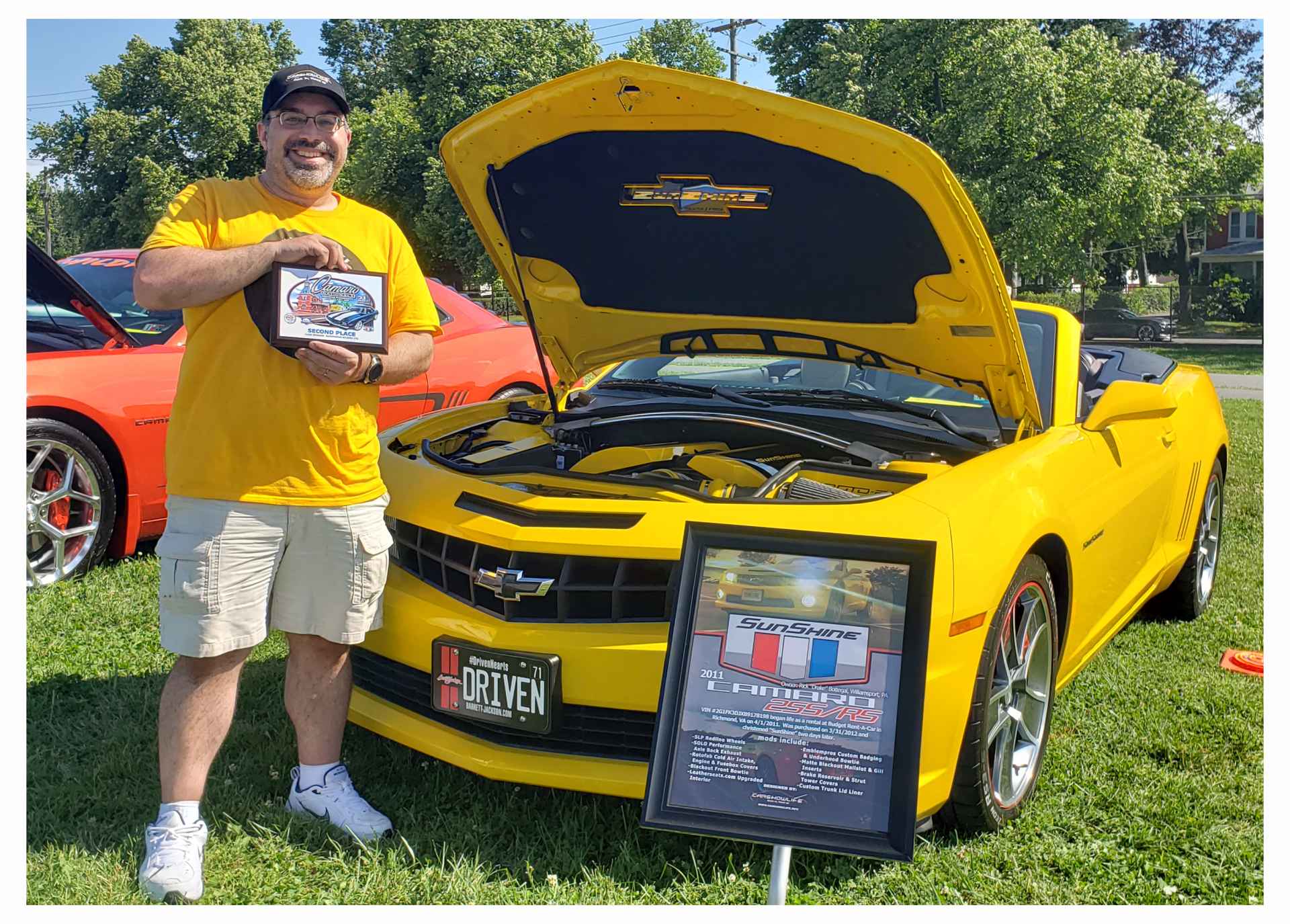
I’m also a big history buff and there’s a lot of history at a car show. You get to see vehicles from all different eras and learn their backstories. As a storyteller, that’s what drew me to the show board thing. I would often walk up to a car and wonder, “What am I looking at?” The owner is nowhere to be found, but I’d have questions, “Is this a ’67 or a ’68? Was that factory-installed or did you do that custom? What color is this and did you buy it this way or have it painted?” I’d also see cars where no expense was spared in their restoration or modification, but the owner documents all that hard work with a hand-written sign in the window. You’ve spent thousands on presentation only to stop short with a marker and poster board?!? Check out carshowlife.net to see the kinds of things I do with storytelling and cars.
What did it feel like the first time you heard your voice on the radio/television?
It was and still is surreal. I would think about the stations that I voice and the people that live there, especially when you find out a celebrity is from that city, and wonder, “I bet they’ve heard my voice before”. It’s also odd to hear myself now because I’m not on the air where I live. It’s been that way for about 6 years in the last two towns we’ve lived in. So, when I do want to hear myself, I’ve got to seek out stations I’m on via streaming.
How has new technology changed the way you work?
Between MP3s and VOIP, I never have to leave my house. And because of COVID-19, I haven’t! I was very fortunate to get in the door to radio in 1996. A lot of the technology we use today was first being integrated into radio stations and it’s only gotten better over time. However, one thing I do miss is doing some of my earliest imaging sessions via ISDN. It was great to be able to direct the talent in real-time and have a two-way conversation to be able to pick their brains on voiceover. I really miss that kind of interaction. Sure, we have Source-Connect now, but email & MP3 took over for ISDN in the interim. And since so much of what we do in radio imaging is short form, sending copy and returning MP3 files via email or dropbox is very efficient. But still, there was a lot of magic that came out of those directed ISDN sessions.
That’s one of the reasons I came up with my “Creative Calls” with my client stations. I have these calls with either the PD or the imaging producer about once a month for half an hour to 45 minutes to talk about what’s coming up next week, next month, and next quarter. These days, with fewer bodies in the building, there’s less brainpower to use in coming up with fresh ideas or fresh takes on old ideas. I also use it as an opportunity to stay connected to that local market. I think it’s what keeps me in place when someone up the food chain starts thinking about making changes. I try to bring more to the table than just a great read.
What gear do you use on the road? In your studio?
My studio set up is a Sennheiser 416 running through a Grace Design M101 to a Focusrite Scarlett 2i4. Sound Forge is my primary audio editor for single-track stuff. For the road, I have a 2nd Sennheiser 416 so I have the same mic at home and on the road without disassembling anything in my booth. It feeds a RME BabyFace Pro that can work with either my PC laptop or my iPad.
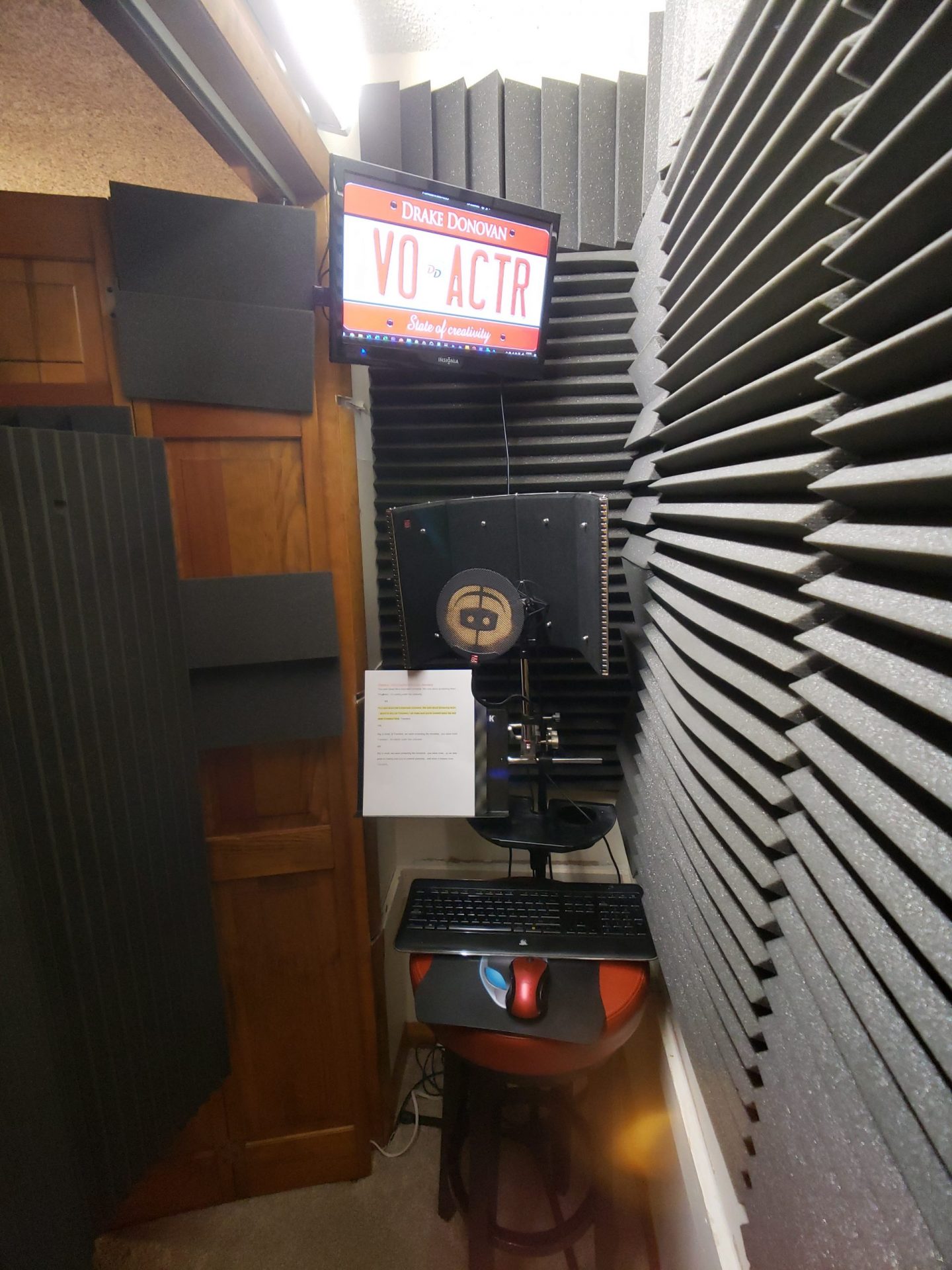
Inside Drake’s VO booth!
Which production system do you use and why? Any favorite plugins?
When I do occasionally produce, I use Reaper. It’s the most similar to the old Sony Vegas which I used exclusively for audio production when I was at a radio station. Now that Magix owns Vegas, it’s gone downhill. Ever since version 10, I’ve had a fatal error that crashes the application. No matter what version of Vegas I use or what PC I’m on or how much RAM I have installed, I’ll go so far into a session and it will just freeze up and stop responding. I’ve also had issues with Waves plugins not playing in real-time. Kinda hard to mix something when you can hear the playback while tweaking the settings.
Have you ever had a voice coach? Would you recommend it?
Yes. And yes. A lot of what I did early on was learning thru osmosis. But that only took me so far. I really needed to get some coaching, especially as I began to explore voiceover work outside of radio imaging. Thanks to Benztown, I’ve had some one-on-one time with Marice Tobias which was incredibly valuable. I’ve also worked with coaches for commercial scripts, narration, and animation reads. I thought that just sounding conversational would do it, but there is still a difference in radio imaging from other forms of VO.
When I was told, “You still sound too radio” I was offended. Until I realized what that meant: Projection. We radio people, even when being conversational, tend to project to try to get the attention of that person that is only half-paying listening. The way to look at it is the difference between a stage actor and a film actor. The stage actor must project to reach the last row of the theater. He/she is still acting but in a very unnatural-sounding way. The film actor, however, has the benefit of the boom mic hovering overhead, therefore the performance can be more natural and subtle by contrast. It wasn’t until I had some coaching that I was able to draw that conclusion.
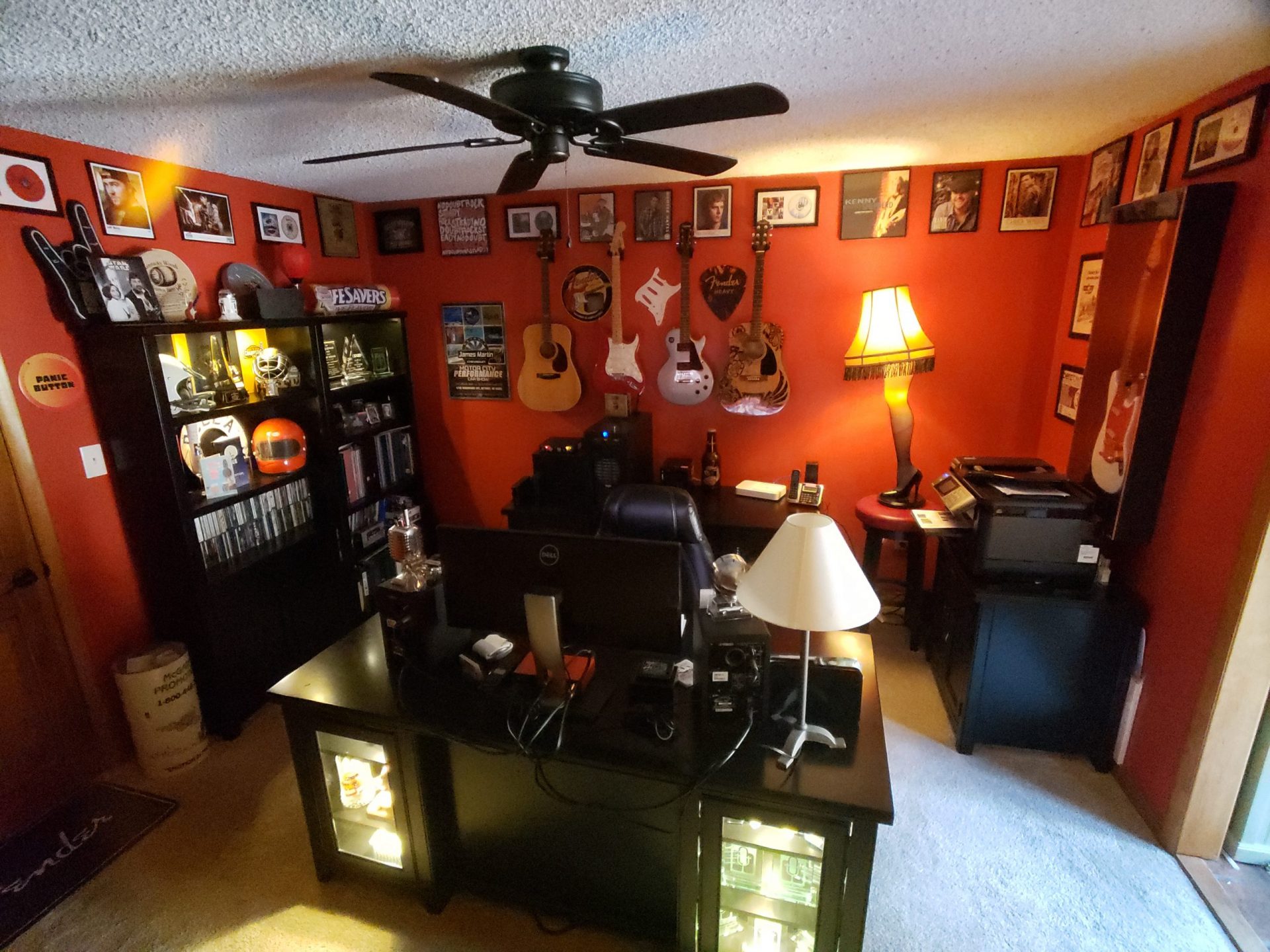
Drake’s awesome office really gives him a leg up on the competition!
How do you schedule/prioritize your work? How much time do you spend auditioning for new work?
It’s tough to have a schedule in this business because you never know from day to day what you’re going to be doing, especially now. In 2019, I could set my watch by when particular stations would send me copy. My Mondays would be very quiet. Tuesdays, I’d get a lot of new music lines as stations would add new songs. Wednesdays and Thursdays were filled with contest promo scripts. Fridays were always a wildcard. But in the post-COVID world without concerts, trips, and the like, the workload and frequency has changed drastically. A year later and I think we’re all still trying to find our way in, dare I say, the “new normal”.
When it comes to auditions, I had a great coach say to me that ‘auditioning is the job’. If you put the time and effort into approaching the read for each audition as a paying gig, eventually it will pay off. First, in helping hone your craft and second in actual bookings.
How do you market your services to potential clients?
Exclusively on social media. I post a daily piece of imaging copy called “Sweeper Of The Day”. I use Twitter, LinkedIn, and Facebook. I then share the Facebook post from my Drake Donovan Creative Services page to various radio forums on Facebook. I also post a weekly recap at sweeperoftheday.com that is searchable by category. The struggle I have now is ‘who is the potential client’? The trend seems to be that a lot of decisions on station VO aren’t made at the station level anymore. I’m encountering a lot of “well, Art Vandelay is our voice for all of the country stations in the group.” Or “our format captain has final say on who we use, and he only likes to use Martin Van Nostrand or Regina Phalange”.
When it comes to VO work, studio & gear, what are your most ingenious methods/discoveries for saving time and cash?
It’s funny to think about this now because I haven’t traveled in well over a year, but I started to follow a Facebook group called Voiceover Roadtrippers. These folks share all their remote setups and how they use the things in a hotel room to help insulate themselves from outside noise. Once you start thinking about what you have at your disposal in a hotel, the list of things you need to bring with you gets shorter. I bought a bunch of binder clips of varying sizes to throw into my remote bag to help secure blankets and knockdown reflections in a hotel room.
I also bought a child’s toy from Target called Antsy Pants. It’s a system of rods and connectors that’s designed to build actual “blanket forts” for kids. I use them to make a structure to lay pillows over and create a consistent space to isolate my microphone. I think I spent about $50 on the whole kit. I did have to use a hacksaw to cut some of the rods down to fit inside my suitcase, but it’s all plastic and very lightweight.
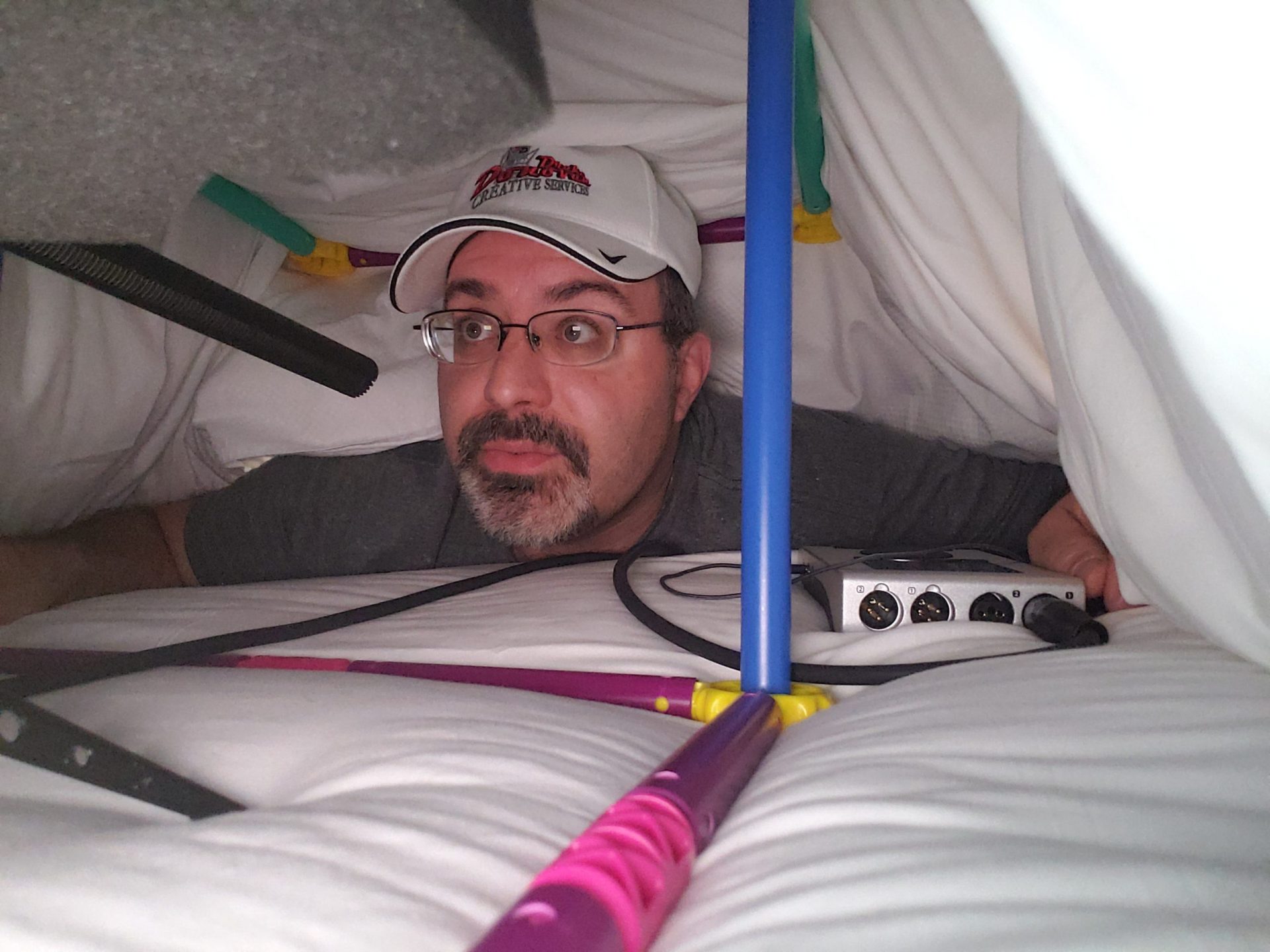
Drake’s adult-tested and kid-approved mobile recording set-up!
What is the best voice processing trick or voiceover technique everyone should know?
I’ve seen some differing opinions on this one, but I feel it works. Some people say not to edit your auditions, but I go back through every audition and at least ‘silence’ the breaths, muting the space between each line, so that it doesn’t affect the overall pacing, but does clean up the track. I just booked something this week where the client used the audition track without having to schedule a session.
Do you have a different approach to reading radio imaging copy as opposed to TV/Radio commercial ads?
Absolutely! As I mentioned earlier, radio imaging, while conversation, still requires a bit of projection whereas commercial reads need to be more subtle in the delivery so as not to drift too much toward “announcer-y”.
Can you offer 3 helpful tips for newbies trying to make it in the voice-over industry?
1. Don’t have your heart set on trying to do radio imaging or movie trailers right away. Yes, it’s cool work but those businesses are changing, and the work is getting tough to book even for established talents.
2. Get coaching in commercials and commission a decent commercial demo from a reputable demo producer first. There’s plenty of VO work to be had in commercials at all levels from local to regional to national. That’ll be your bread and butter.
3. Don’t try to get representation out of the gate. You’ve got to prove that you’re bookable. You need to show that you can make money and be a self-starter before you can be repped. And even after signing with an agent, remember, they won’t get you work. They are a partner to help you be heard by a larger audience. It’s still up to you to market and network.
If you could go back in time and hang out in any decade, which one would you go back to and why?
There are two time periods I’d love to visit. I’m drawn to the year 1971 for some reason. There’s something about the cars and the music of that year and the transition from the 1960s to the 1970s that really speaks to me. The other is the mid-to-late 90s. My radio career was only just getting started then and I didn’t get going in imaging really until 2001. I would love to go back and be in the imaging world at that time and seek out people like John Frost, Eric Chase, Dave Foxx, Steve Stone, Cousin Deke, Kelly Kelly Kelly, Brian James, and Ann DeWig as they were doing what they were doing and laying down the foundations of what radio imaging would become.
Favorite 2 pizza toppings?
Pepperoni and Sausage
If you could invite one person to dinner, living or dead, who would it be?
The late, great Brian James. I never got to meet him. I only knew him from his work. Believe it or not, I didn’t really like him. You see, he was always the voice of the competition in whatever market I was in. It wasn’t until he passed away that I found out, not only was he the voice of B94 in Pittsburgh, but he also imaged the station too. I had so many questions for him that I would never be able to ask.
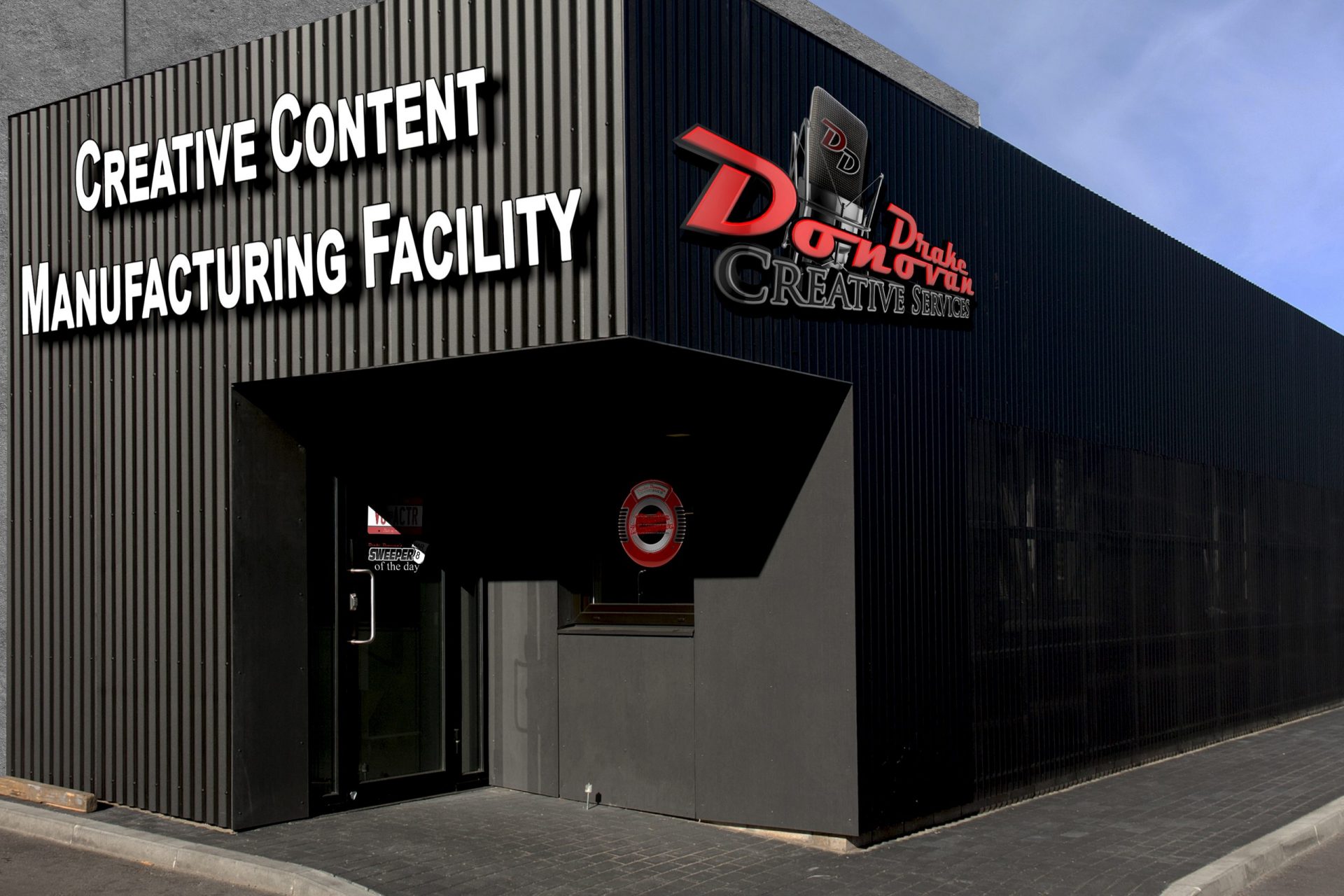
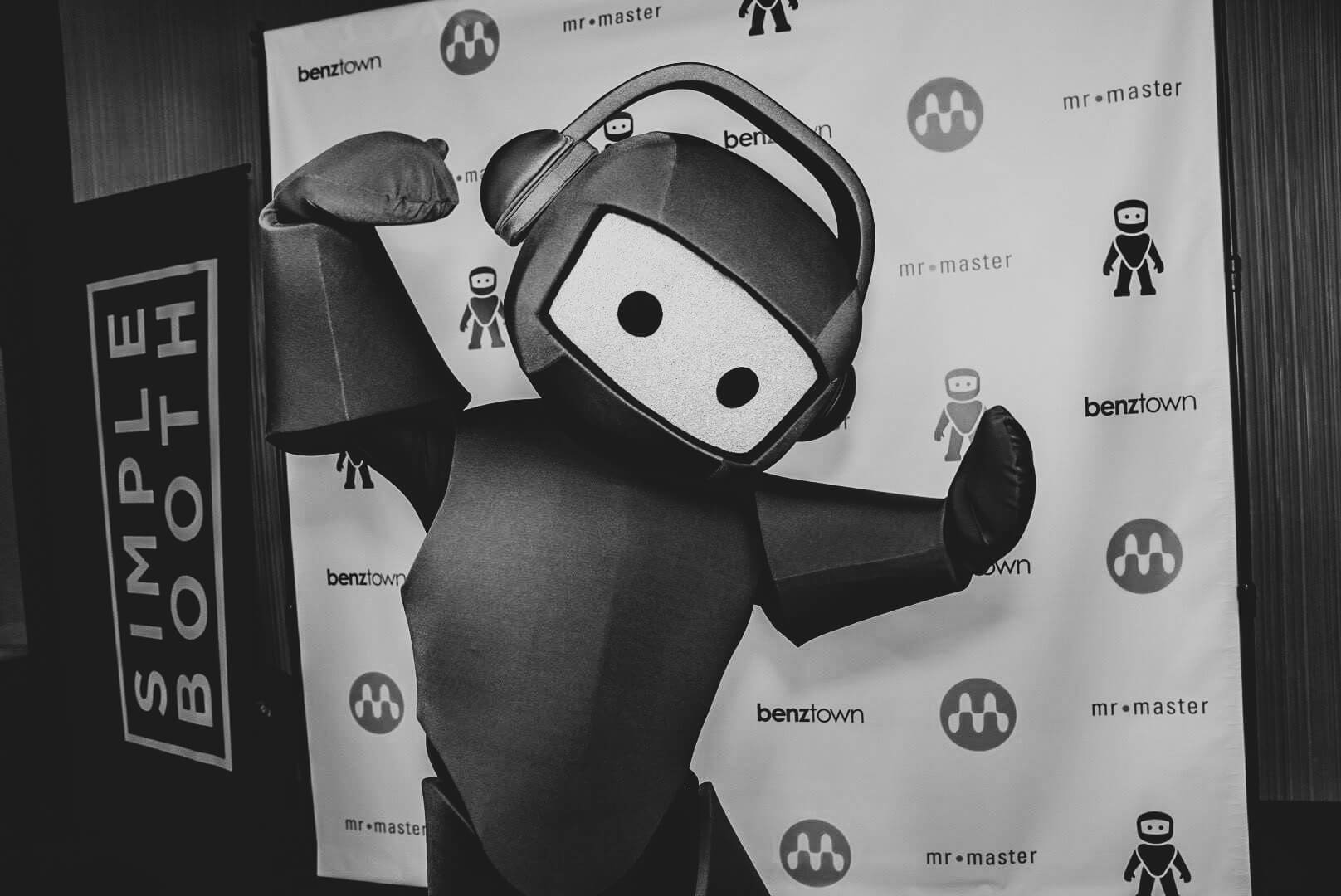;)